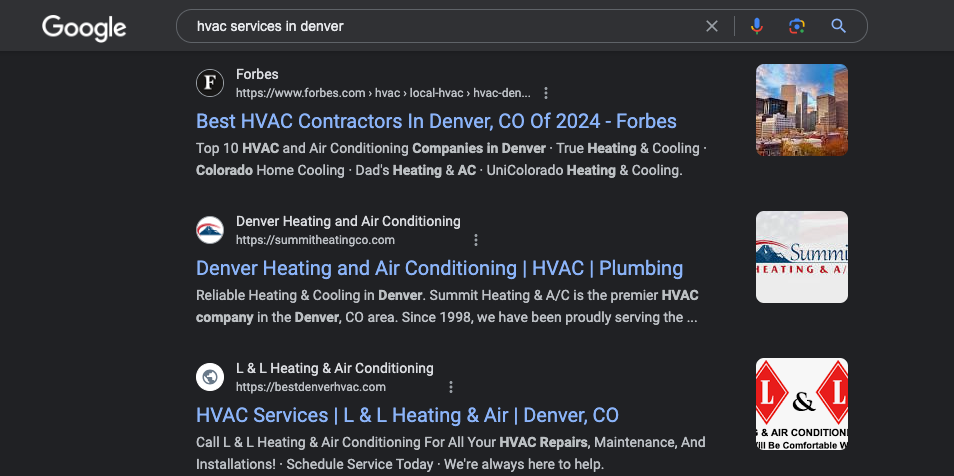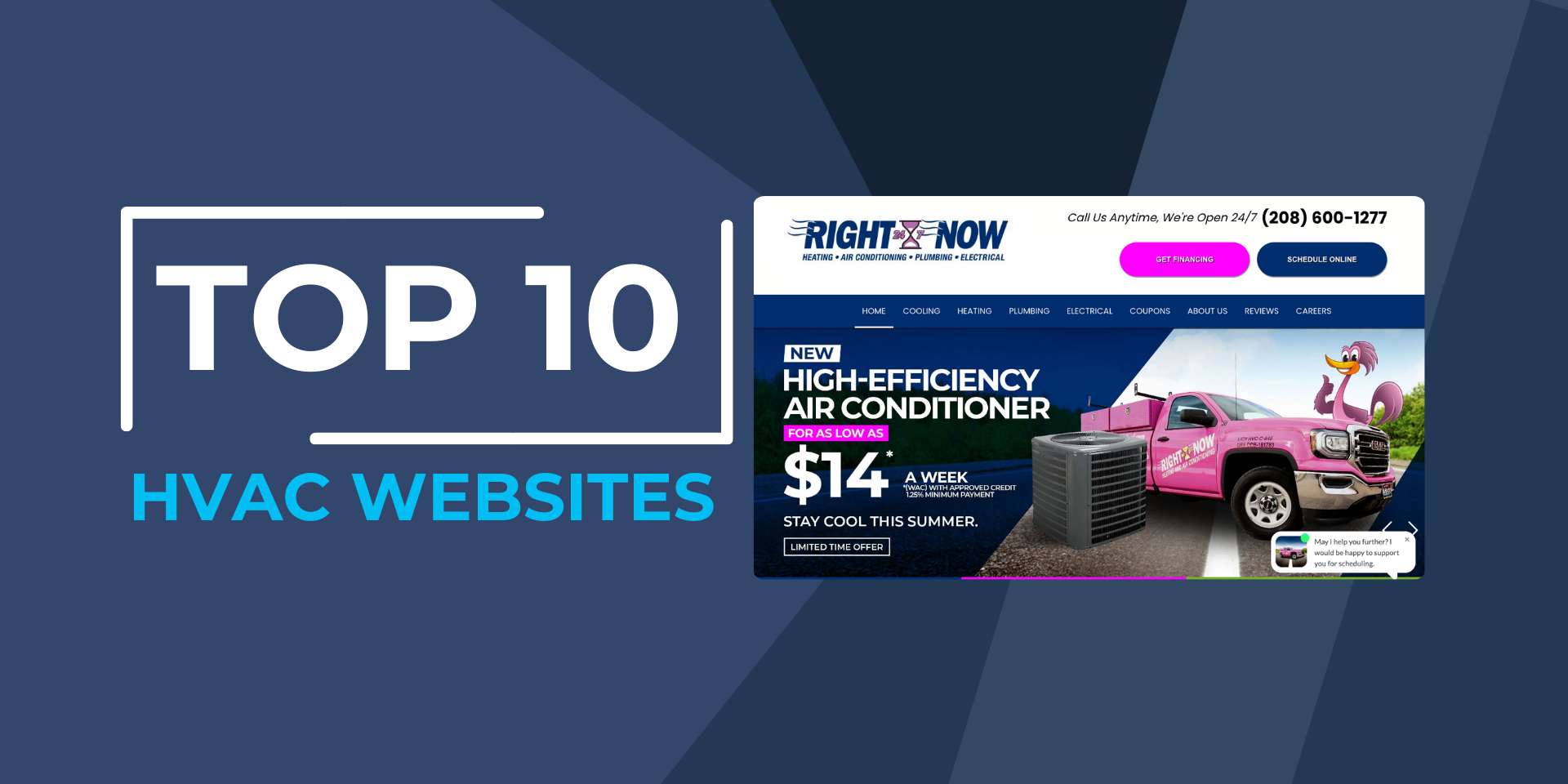📣 Now taking limited projects for April 2025. Book an intro call today!
How to Rank a Home Service Website for Free
Website SEO for Home Service Businesses Made Easy
Digital Marketing can be a daunting subject for any home service business owner, so I'm here to make it simple. Sure, there are endless "tips and tricks" that any SEO expert worth their salt could go on about, which is why I help local businesses through web design of my own for those who need it - but for those willing to put in the work themselves, here is everything you need to know. There's something I've learned in my 5 years helping home services businesses rank locally on Google. And that is... the basics never change... (well, rarely change) .
Here are some tips for your home service website that will make a massive difference in ensuring your company ranks locally.
Domain Name - An easy slam dunk
The URL of a webpage serves as its digital address, guiding both users and search engine crawlers to relevant content. For home service businesses, incorporating target keywords into URLs can significantly boost search engine visibility. Think "Denver HVAC" or "Springfield Plumbing" type names. But I realize that 90% of companies aren't going to be named like this, so need to worry - there's still plenty of value to be had in this article. However... if your company is Tom's Electric, but your domain name happens to be coloradoelectric... I won't tell anyone, and Google will certainly pickup a few more searches along the lines of "colorado electric company near me" if you catch my rift...
H1, H2, H3 - Your content outline for algorithms
The H1 tag, or headline, acts as the main heading of a webpage which tells users and Google the primary topic. Think of it like the title of a book: imagine finding a book and the cover simply says "Cover" - nobody will ever read that book because you have no idea what it's about. However, if you find a book that says "How to Start a New Hobby" - then you know exactly what you're getting into. The librarian knows to put the book in the hobbies section and the reader knows they're about to learn about hobbies.
Websites are the same way. If your H1 tag says "our services" (if you even HAVE an H1 that is...), nobody knows what that means. Google doesn't know what types of services you're talking about... your readers don't know what services you're talking about... there's simply no clarity. But if your H1 tag says "Premium HVAC services in Springfield, MO," then it's clear to Google what you have going on. The algorithm can see that you offer HVAC services in Springfield, so now when someone searches "HVAC in Springfield," Google can connect the dots. Make sense?
Now, think of H2's in the same way, but as chapters. So maybe for a plumber, your H1 is "Plumbing Services in Denver" while your H2's are clogged drains, leaky faucets, bathtub backups, etc. H1's, H2's, H3's and so on are some of the most vital aspects of a well ranking local home service website, so when I design home service websites for clients, we delve deep into the most used keywords your audience uses for these titles.
Content & Keywords - Get all the potential searches in
In the digital marketing world, content is king . We all know that algorithms are everywhere, and those algorithms are reading everything online. This is why I go into such detail when copywriting for my home service clients, because this is where a lot of the magic can happen. If you can strategically make content sound good while throwing in keywords and commonly search phrases, you'll have content gold.
Quality content lies at the heart of effective on-page SEO, serving as the foundation upon which digital visibility is built. For home service businesses to rank locally, creating informative and engaging content that addresses the home service needs in your community is key. Integrating relevant keywords seamlessly throughout the content helps establish topical authority and reinforces the page's relevance to search queries. By offering valuable insights, tips, and solutions, home service businesses can not only attract organic traffic but also establish themselves as trusted authorities within their industry.
For a lesson in keywords, let me tell you a story. I once helped a local pest control service. I went to read the content on their current page about bed bugs only to find it littered with the words "Cimex hemipterus" - I beg you pardon? You see, this pest control business owner wanted to dazzle his audience on his authority and knowledge of bed bugs by using the scientific name.... yeah. Do you think anyone is going to Google and searching "how to remove cimex hemipterus"? Heck no. So don't even think about putting keywords in your content that everyday people don't use - especially in the H1's and Title. You should be putting quality keywords, like bed bug service in Phoenix in your content and titles.
Page Titles & Descriptions - Win the clicks over your competitors
Page titles and meta descriptions serve as the gateway to a webpage, influencing your rank and whether or not someone will click onto your website. When you search something on Google, the Titles & Descriptions of each website are what you start scrolling through. Home service businesses can maximize their website traffic by having compelling statements. Think "top rated hvac company in sacremento" or "family owned plumbing since 1950" type statements. Give the audience what they want! Similarly, meta descriptions provide a brief overview of the page's content, offering users a glimpse of what to expect. By strategically incorporating keywords and compelling messaging, home service businesses can get found for relevant searches in their area.

The Page Titles are in blue, and the Descriptions are underneath the Titles in white.
One "Services" Page vs. Individual Service "Pages" - Individuals for the win
If you've made it this far, you've read through the importance of H1's, Page Titles, etc. With that knowledge in mind, it's quite simple to understand the reasoning of having different pages. Why? Because it creates more room for keyword rich H1's, page titles, etc. Take a look at the picture above again - there's only so many words you can fit into 1 line, right? If you offer bathroom remodeling, roofing, kitchen remodeling, flooring, and a list of other services, how will you fit all of that into a single line and make it still sound appealing? You can't. So you're better off letting each page have a shot at ranking with it's own keywords, and giving Google more breathing room to pick up on your individual services. If you have a page dedicated to bathroom remodeling, then Google will connect the dots to that page when someone searches specifically for bathroom remodeling in your area.
Alt Tagging - The often overlooked opportunity
Alt tags, or alternative text descriptions, provide textual descriptions of images on a webpage, enhancing accessibility for visually impaired users and reinforcing relevance to search engines. It can be a long task, but it's worth it. Home service businesses can optimize alt tags by incorporating descriptive keywords that accurately represent the content and context of the images. By doing so, businesses not only improve the accessibility of their website but also bolster their on-page SEO efforts. Alt tags offer an often overlooked opportunity to integrate relevant keywords and reinforce the page's relevance, contributing to overall search engine visibility.
In conclusion, on-page SEO plays a pivotal role in driving visibility, traffic, and conversions for home service businesses. When I build a website for an hvac company, a plumber, etc., I'm not just giving them a good looking website. By optimizing elements such as URLs, H1 tags, content, page titles, service pages, and alt tags, businesses can enhance their digital footprint and rise above the competition in search engine rankings. By investing time and resources into mastering on-page SEO techniques, home service businesses can unlock the full potential of their online presence and achieve sustainable growth in the digital landscape.
Home Service Website & SEO Made Simple
More Posts
Industries We Serve
TREE REMOVAL / PLUMBING / ROOFING / CONSTRUCTION / HOME SERVICES

